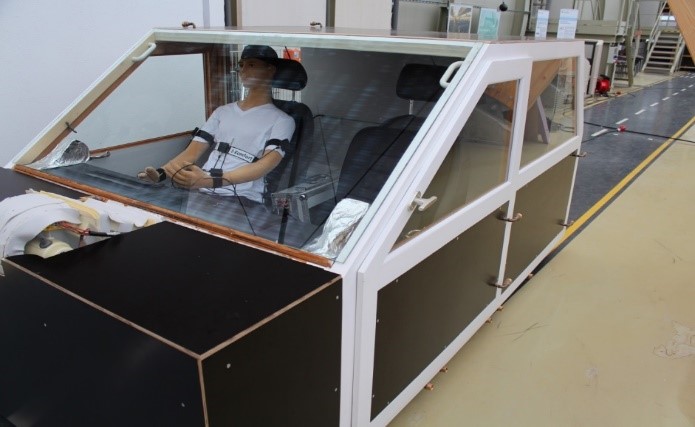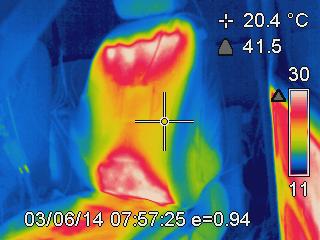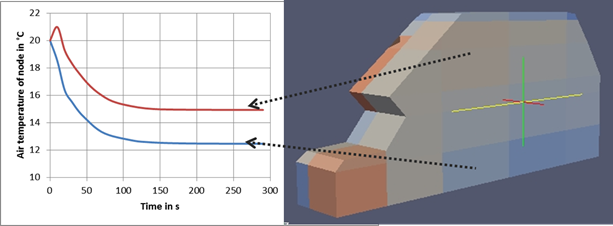Optimizing the cruising range of electric vehicles by innovative concepts of air-conditioning and thermal comfort
Aims
- Application of local, close-to-body air-conditioning concepts in electric vehicles, based on different mechanisms of heat transfer
- Improved (or at least unchanged) sensation of thermal comfort)
- Minimized energy consumption, maximized cruising range
- Evaluation of measures regarding user acceptance, energy performance and cruising range
Methodology
- Development of prototype sensor s for recording the local, directional equivalent temperature
- The DressMAN climate measurement system as a modular sensor platform
- Development of interfaces with measurement instrumentation and for co-simulation
- Establishing comfort models to allow the overall assessment of thermal comfort inside a vehicle
- Creating an empirical model for local coefficients of convective heat transfer at the human body
- Selecting, testing and evaluating options for close-to-the-body, energy-efficient air-conditioning
Results
- Local air-conditioning measures can be more energy-efficient and more comfortable than
conventional air-heating
- To achieve a high level of comfort inside the vehicle, any local discomfort should be avoided
- Homogeneous air-conditioning of the vehicle cabin can be achieved by combining air heating with radiant and seat heating
- Seat heating has a high potential as an energy-efficient heating system inside the vehicle
- To ensure wide acceptance of seat heating, a precise control system is needed
- To improve the thermal comfort level inside the vehicle, local air-conditioning is required


